Why Spain is a great place for kids
Choosing the city that's right for you
Choosing the visa that's right for you
More than just great weather
Why Spain provides a better quality of life
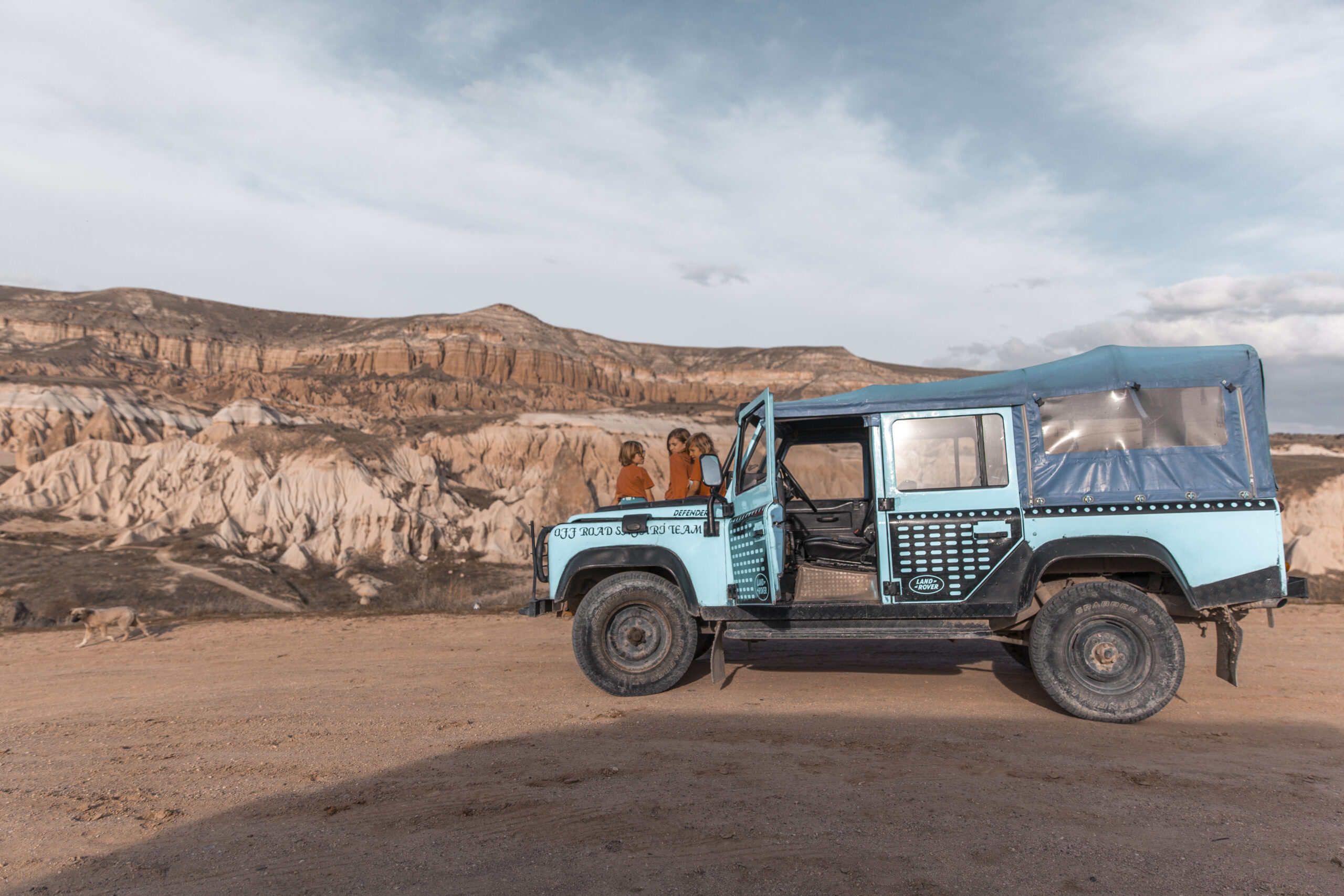
How we Plan
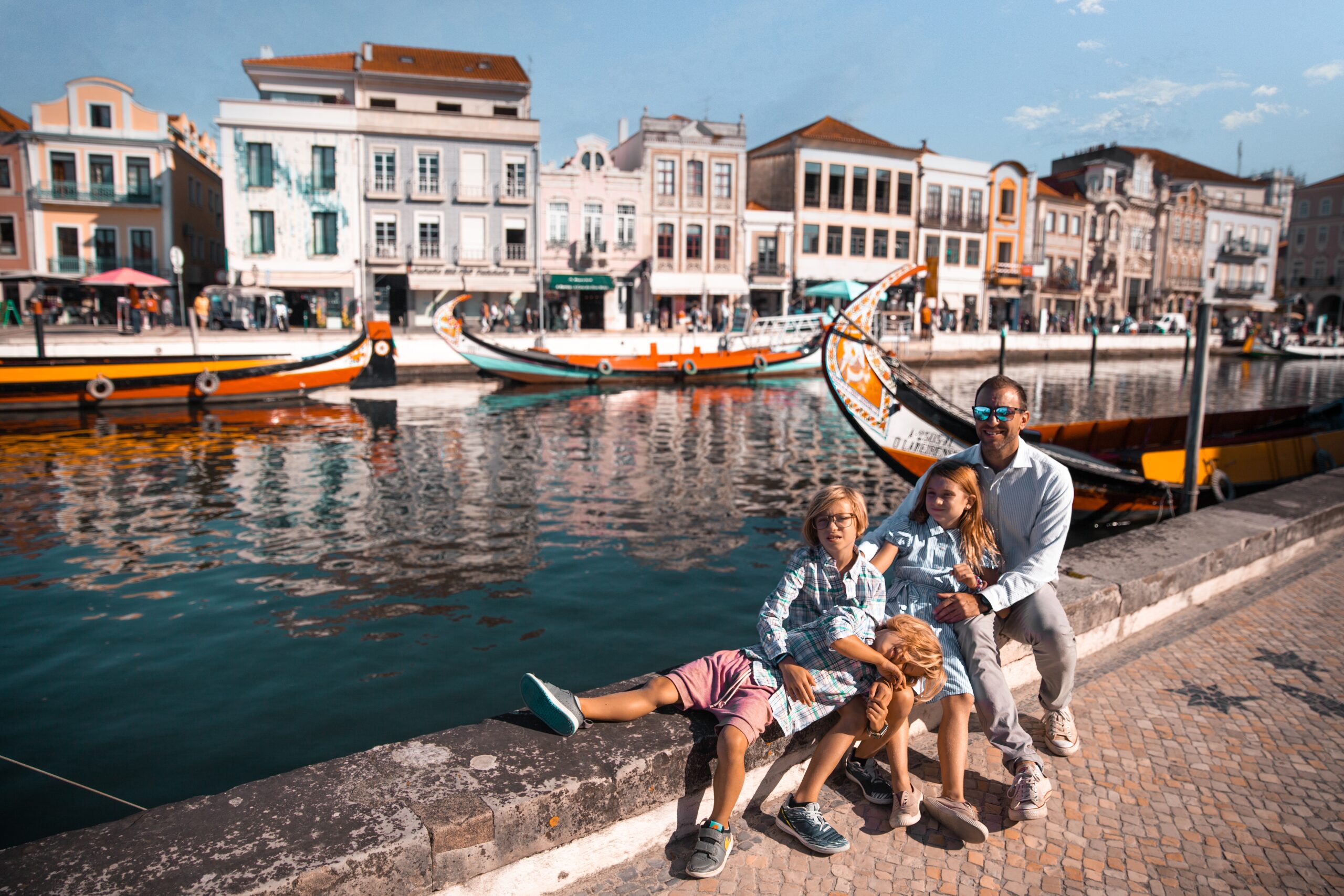
What we pack
Choosing Travel Insurance
Book Your Hotel
with Booking.com
Book Your Car
with RentalCars.com
Book Your Flight
with Skyscanner.com
Book Your Tour
with GetYourGuide.com
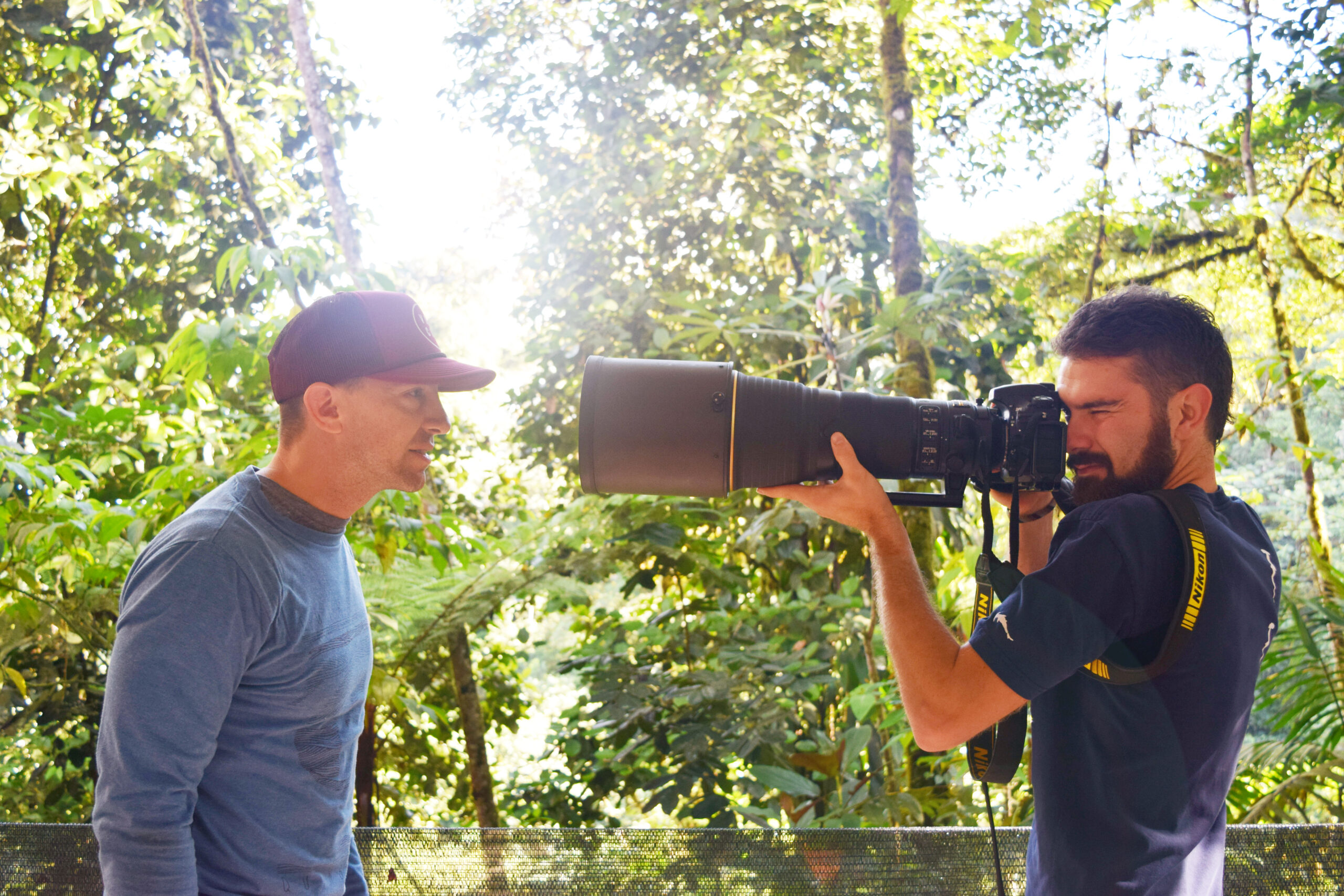
Our Camera Gear
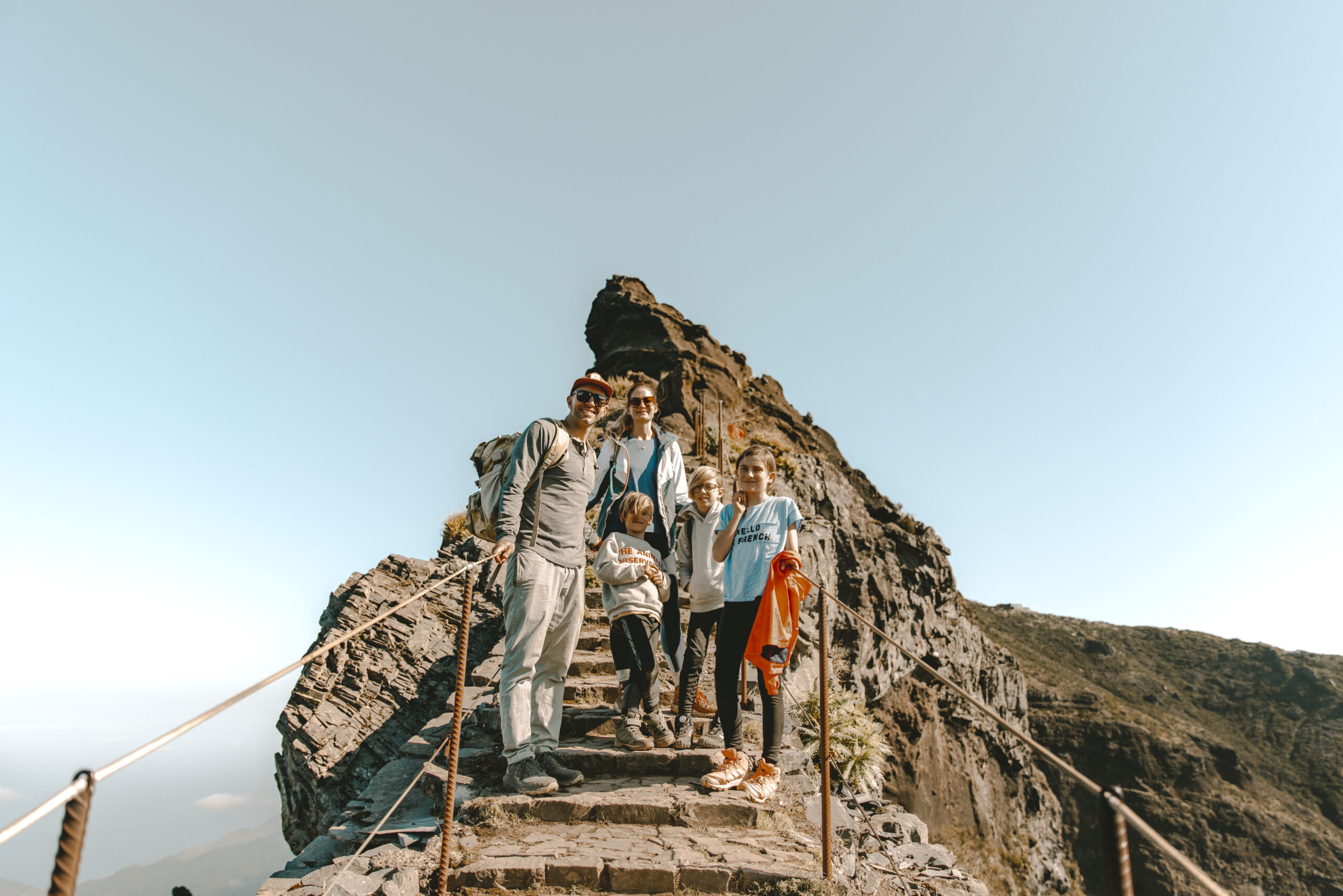
How We Fly
Choosing Your Destination
Guide to...
Nepal
Nepal, home to the towering peaks of the Himalayas, including Mount Everest, and a rich tapestry of cultures, offers adventurers a gateway to unparalleled trekking experiences, spiritual exploration, and breathtaking natural beauty.
- Everest Base Camp
- Kathmandu
- Swayambhu Temple
- Durbar Square
- Boudhanath Stupa
- Pashupatinath Temple
Map
Weather
Itineraries
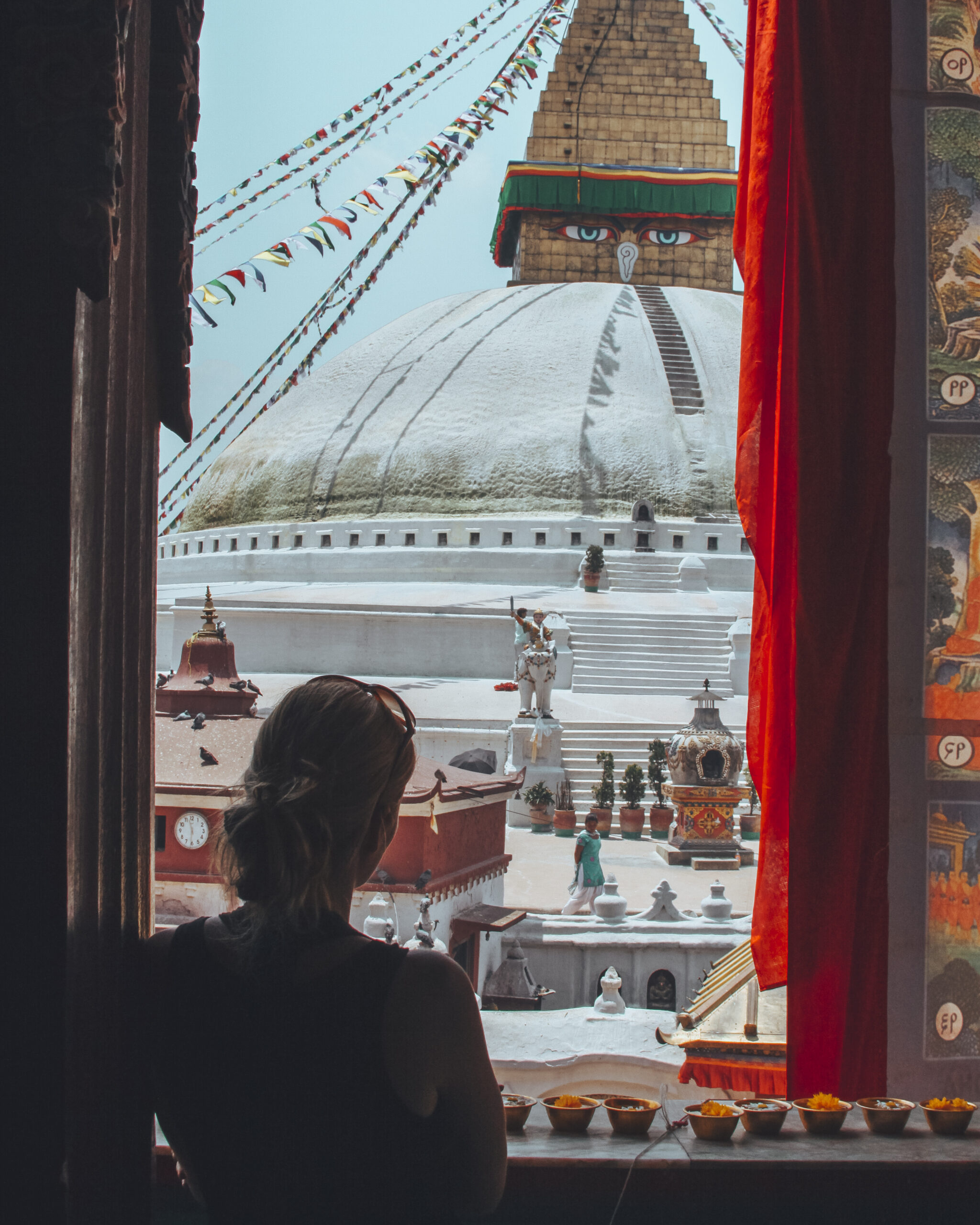
Coming Soon...
FAQ's
What are the main things to do with kids in Nepal?
There are several fun and educational activities to do with kids in Nepal:
1. Visit national parks and wildlife reserves: Nepal is home to several national parks like Chitwan National Park and Bardia National Park, where kids can see various animals, including rhinos, elephants, and tigers.
2. Explore the Kathmandu Valley: Visit the historic cities of Kathmandu, Patan, and Bhaktapur, which offer ancient temples, palaces, and unique art and architecture.
3. Take a short trek: Nepal has many short and easy trekking routes suitable for families, such as the Nagarkot trek or the Ghorepani Poon Hill trek, which offer stunning mountain views.
4. Visit the International Mountain Museum in Pokhara: This museum offers exhibits on the history of mountaineering, the culture of the Himalayas, and the flora and fauna of the region.
5. Attend festivals: Nepal celebrates numerous colorful festivals throughout the year, such as Holi, Dashain, and Tihar, which can be an exciting experience for kids.
6. Take a boat ride on Phewa Lake in Pokhara: Enjoy the serene beauty of the lake and the surrounding mountains.
7. Visit the Elephant Breeding Center in Chitwan: Learn about the conservation efforts for these majestic animals and watch baby elephants being fed and bathed.
8. Engage in adventure activities: Older kids might enjoy soft adventure activities like zip-lining, white water rafting, or a jungle safari.
Remember to consider the age, interests, and fitness levels of the children when planning activities in Nepal.
What is Nepal famous for?
Nepal is famous for several things, including:
1. Mount Everest: The world’s highest mountain peak, standing at 8,848 meters (29,029 feet), is located on the border between Nepal and Tibet.
2. Birthplace of Buddha: Lumbini, located in southern Nepal, is recognized as the birthplace of Siddhartha Gautama, the founder of Buddhism.
3. Trekking and hiking: Nepal offers some of the best trekking routes in the world, with trails suitable for various fitness levels and durations, such as the Annapurna Circuit and Everest Base Camp treks.
4. Diverse geography: Nepal has a unique landscape that includes the Himalayas, hills, and plains, offering a variety of natural beauty and biodiversity.
5. Rich culture and heritage: The country has a long history and is home to numerous ethnic groups, each with its own unique customs, traditions, and festivals.
6. Ancient temples and architecture: Nepal has many UNESCO World Heritage Sites, including the Kathmandu Valley, which is home to ancient temples, palaces, and stupas.
7. Wildlife: Nepal’s national parks and wildlife reserves are home to various rare and endangered species, such as the Bengal tiger, one-horned rhinoceros, and snow leopard.
8. Gurkhas: Nepali soldiers, known for their bravery and loyalty, have served in the British and Indian armies for over 200 years.
9. Adventure sports: Nepal offers various adventure activities, such as white water rafting, bungee jumping, paragliding, and mountain biking.
10. Hospitality: Nepalese people are known for their warmth and hospitality, making it a welcoming destination for travelers.
What power plug type does Nepal use?
Nepal primarily uses Type C, Type D, and Type M electrical outlets.
1. Type C: This is the most common plug type in Nepal. It has two round pins and is compatible with plugs from most European countries. It is rated for 220-240 volts at 50 Hz.
2. Type D: This plug type has three round pins arranged in a triangular pattern. It is also rated for 220-240 volts at 50 Hz and is mainly used for higher-wattage appliances.
3. Type M: This plug type is unique to Nepal and some parts of South Asia. It has three round pins, with two of them close together and the third slightly apart. It is rated for 220-240 volts at 50 Hz.
It’s important to note that some areas of Nepal may experience power fluctuations and outages. It is recommended to use a surge protector or a universal adapter with built-in voltage converters to protect your electronic devices. Additionally, it’s advisable to check the voltage compatibility of your devices before using them in Nepal.
Is Nepal safe?
Nepal is generally considered a safe country for tourists, with a low crime rate and a friendly population. However, as with any travel destination, there are some risks and precautions to keep in mind:
1. Political instability: Nepal has experienced political instability and protests in the past, which can disrupt travel plans. Keep an eye on current events and follow the advice of local authorities.
2. Natural disasters: Nepal is prone to natural disasters such as earthquakes, landslides, and floods. Be aware of weather conditions and follow the guidance of local authorities in case of emergencies.
3. Altitude sickness: Many popular trekking destinations in Nepal are at high altitudes, which can cause altitude sickness. Acclimatize properly and be aware of the symptoms.
4. Food and water safety: Tap water is not safe to drink in Nepal. Stick to bottled water and avoid raw or undercooked food to prevent foodborne illnesses.
5. Traffic safety: Traffic in Nepal can be chaotic, with poorly maintained roads and vehicles. Be cautious when crossing streets and consider hiring a reputable driver for long trips.
6. Petty crime: While violent crime is rare, petty theft and pickpocketing can occur in crowded areas. Keep your valuables secure and be aware of your surroundings.
7. Trekking safety: When trekking, hire a reputable guide, inform others of your plans, and carry proper gear and supplies. Be prepared for changes in weather conditions.
Despite these concerns, most visits to Nepal are trouble-free. By taking necessary precautions, staying informed, and following the advice of local authorities and tour operators, you can minimize risks and enjoy a safe and rewarding trip to Nepal.
How to travel to Nepal?
To travel to Nepal, you can follow these steps:
1. Check visa requirements: Many nationalities can obtain a visa on arrival at Tribhuvan International Airport in Kathmandu or at land border crossings. However, check the specific visa requirements for your nationality and ensure your passport has at least six months’ validity.
2. Book your flights: The main international airport in Nepal is Tribhuvan International Airport in Kathmandu. You can book flights through various international airlines that serve Nepal.
3. Choose your travel dates: The best times to visit Nepal are during the spring (March to May) and autumn (September to November) seasons when the weather is pleasant and dry.
4. Plan your itinerary: Decide which areas of Nepal you want to visit and what activities you want to do. Popular destinations include Kathmandu, Pokhara, Chitwan National Park, and trekking regions like the Everest and Annapurna areas.
5. Book accommodation: Book your hotels or guesthouses in advance, especially during peak seasons. There are various options ranging from budget to luxury accommodations.
6. Arrange transportation: Book domestic flights, hire a car and driver, or use public buses to travel within Nepal, depending on your itinerary and preferences.
7. Get travel insurance: Purchase comprehensive travel insurance that covers medical emergencies, trip cancellations, and other eventualities.
8. Pack appropriately: Pack clothes suitable for the season, comfortable walking shoes, and any necessary gear for trekking or other activities. Also, carry a first-aid kit, sunscreen, and insect repellent.
9. Stay healthy: Get the necessary vaccinations and medications before your trip. Common vaccinations include hepatitis A, typhoid, and tetanus. Consult with your doctor for personalized advice.
10. Respect local customs: Nepal is a conservative country with many cultural and religious traditions. Dress modestly, remove shoes when entering temples, and ask for permission before taking photos of people or religious sites.
What documents are required to travel to Nepal?
To travel to Nepal, you will need the following documents:
1. Passport: A valid passport with at least six months validity from the date of arrival in Nepal. Make sure you have enough blank pages for visa stamps.
2. Visa: Most nationalities can obtain a visa on arrival at Tribhuvan International Airport in Kathmandu or at land border crossings. You will need to fill out a visa application form and provide a passport-sized photo. Alternatively, you can apply for a visa at a Nepalese embassy or consulate before your trip.
3. Proof of onward or return travel: Immigration officials may ask to see proof of your onward or return travel, such as a flight ticket.
4. Accommodation booking: It’s a good idea to have a confirmed booking for at least your first night’s accommodation in Nepal.
5. Travel insurance: While not mandatory, it is highly recommended to have comprehensive travel insurance that covers medical emergencies, trip cancellations, and other eventualities.
6. Trekking permits: If you plan to go trekking in Nepal, you may need to obtain specific trekking permits, depending on the route. Your trekking agency or guide can help you with this.
7. Vaccination certificates: While not mandatory, it’s a good idea to carry your vaccination certificates, especially if you have gotten vaccinations specifically for your trip to Nepal.
8. Cash or credit cards: Carry sufficient cash or credit cards for your expenses in Nepal. ATMs are widely available in cities and larger towns, but they may not always work or may have withdrawal limits.
Remember to keep these documents safe and easily accessible throughout your trip.
When is the best time to travel to Nepal?
As of May 2024, Denmark has lifted most of its COVID-19-related travel restrictions. However, it’s essential to check the latest official information before planning your trip, as the situation can change. Here’s a general overview of what you can expect:
1. Vaccination and testing: As of my knowledge cutoff in August 2023, Denmark no longer requires proof of vaccination or a negative COVID-19 test for entry. However, this may change depending on the global situation.
2. Quarantine: Currently, there are no quarantine requirements for travelers entering Denmark, regardless of their country of origin or vaccination status.
3. Mask-wearing: Wearing masks is no longer mandatory in public spaces, including on public transportation. However, it’s always a good idea to carry a mask with you in case of any changes in local regulations.
4. Attractions and events: Most tourist attractions, restaurants, bars, and shops are open without restrictions. However, some venues may have their own safety measures in place, such as limited capacity or advanced booking requirements.
5. Health services: Denmark has a robust healthcare system, and tourists can access medical services if needed. However, it’s important to have appropriate travel insurance that covers medical expenses.
6. Local regulations: While national restrictions have been lifted, local authorities in Denmark may implement their own measures if needed. Stay informed about any local guidelines or restrictions in the areas you plan to visit.
Before finalizing your trip plans, it’s essential to:
– Check the official websites of the Danish government and health authorities for the most up-to-date information on travel restrictions and guidelines.
– Stay informed about any changes in the global situation that may impact travel to Denmark.
– Ensure you have appropriate travel insurance that covers any potential disruptions or medical needs related to COVID-19.
– Be prepared to adapt your plans if necessary and follow all local guidelines to ensure a safe and enjoyable trip.
When to travel to Nepal?
The best time to travel to Nepal depends on your preferred activities and the regions you plan to visit. Here’s a breakdown of the seasons and their suitability for travel:
1. Spring (March to May):
– Ideal for trekking and outdoor activities
– Comfortable temperatures and clear skies
– Rhododendron flowers in bloom
– Crowded due to peak tourist season, with higher prices
2. Autumn (September to November):
– Ideal for trekking and outdoor activities
– Stable weather conditions and clear skies
– Festivals like Dashain and Tihar
– Crowded due to peak tourist season, with higher prices
3. Winter (December to February):
– Coldest time of the year, with temperatures below freezing at high altitudes
– Good for visiting lowland regions like Chitwan National Park and Terai plains
– Best time for clear mountain views
– Fewer crowds and lower prices
4. Summer (June to August):
– Monsoon season with heavy rainfall, high humidity, and occasional flooding
– Trekking can be challenging and dangerous
– Good for visiting Mustang and Dolpo regions in the rain shadow area
– Fewer crowds and lower prices
In summary, the most popular times to visit Nepal are during the spring (March to May) and autumn (September to November) seasons when the weather is pleasant, skies are clear, and trekking conditions are ideal. However, if you prefer fewer crowds and lower prices, consider traveling during winter or summer, depending on your desired activities and regions.

